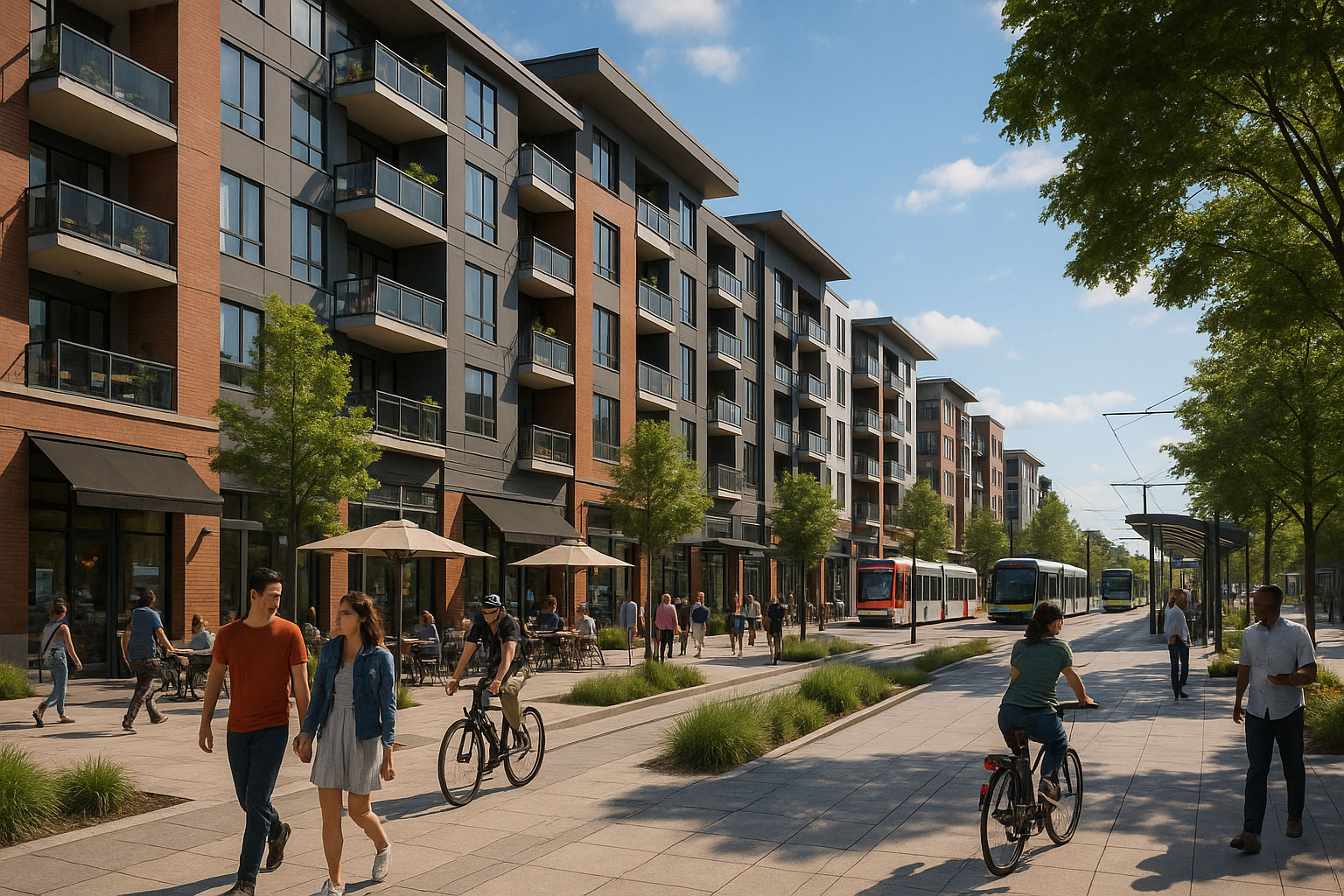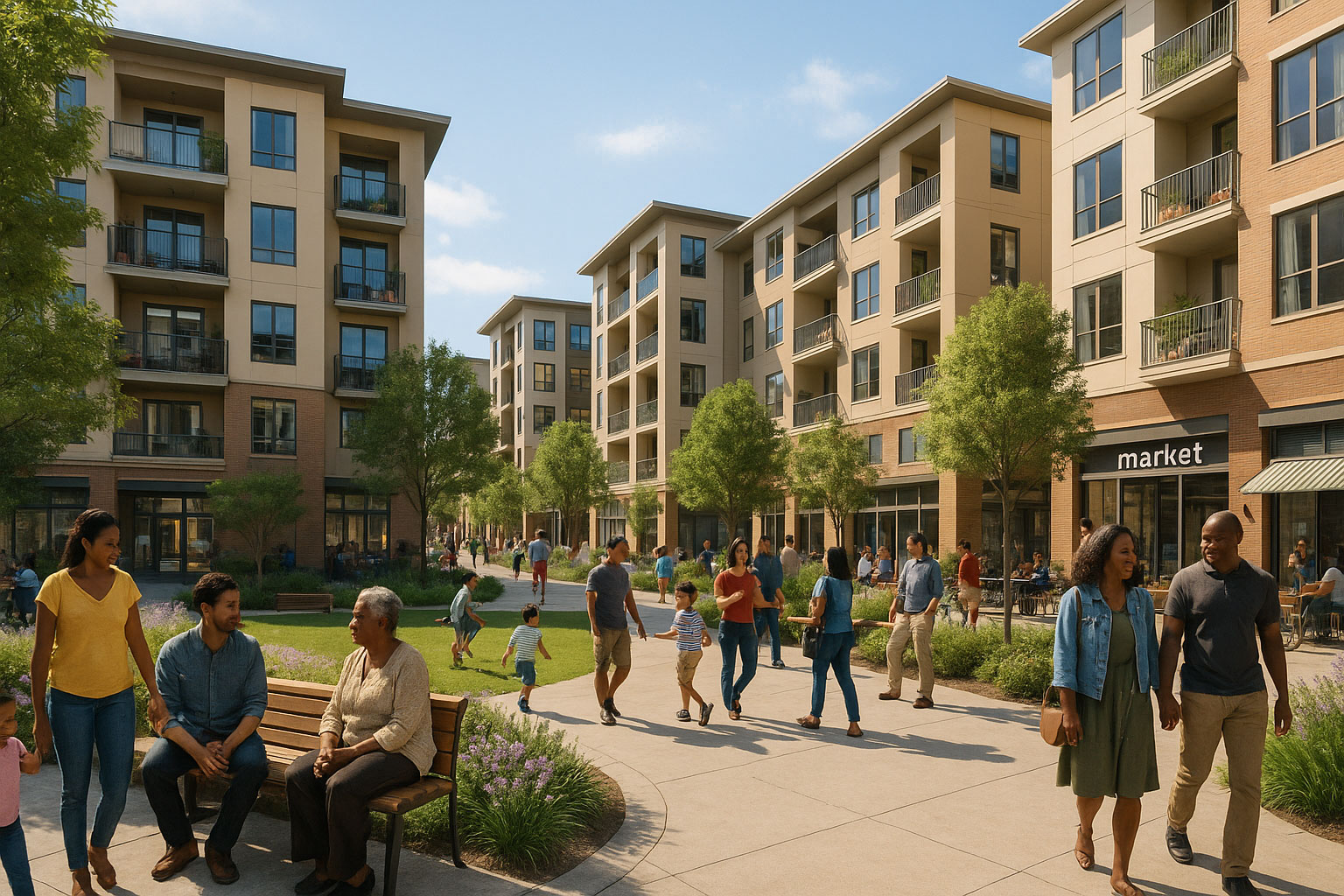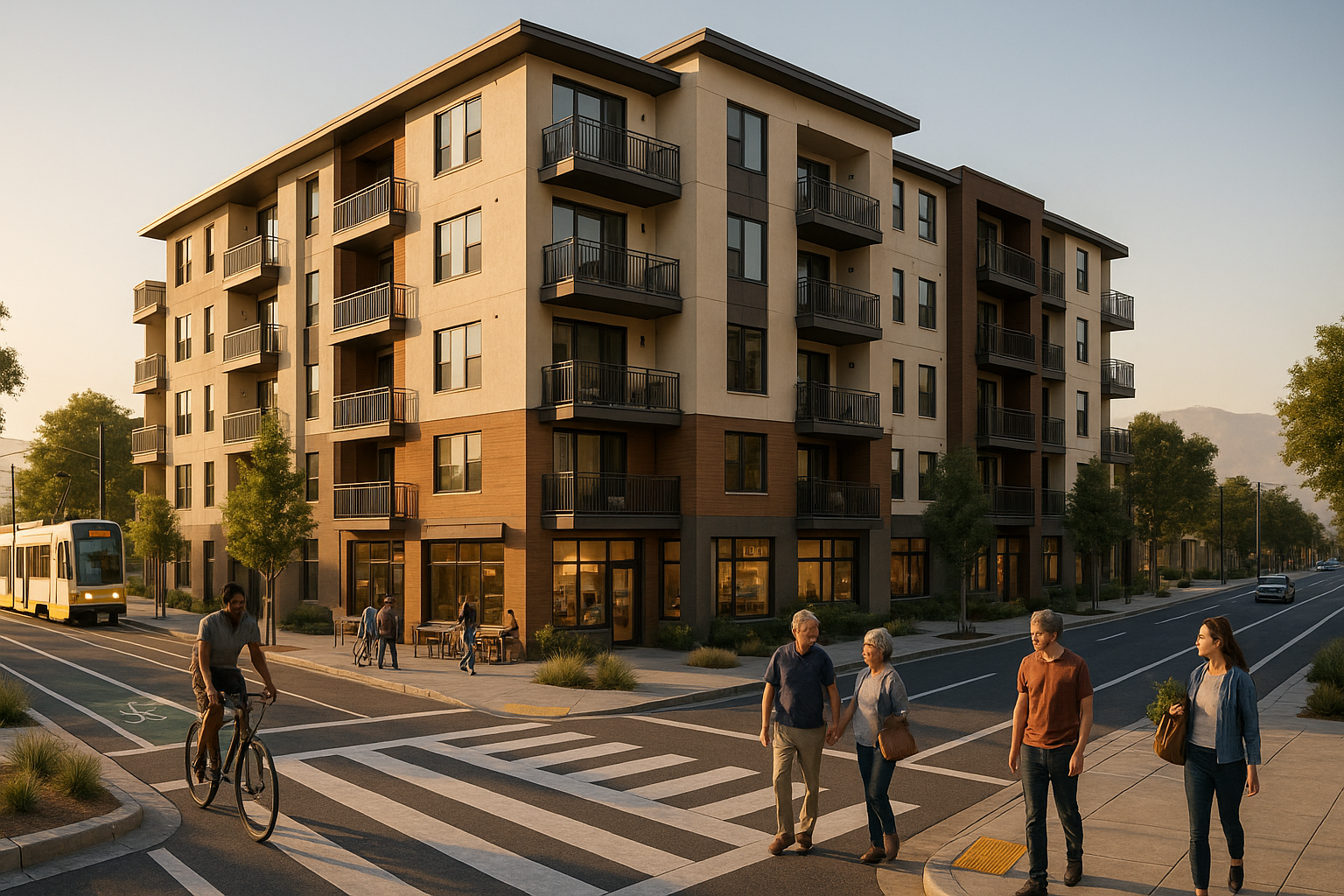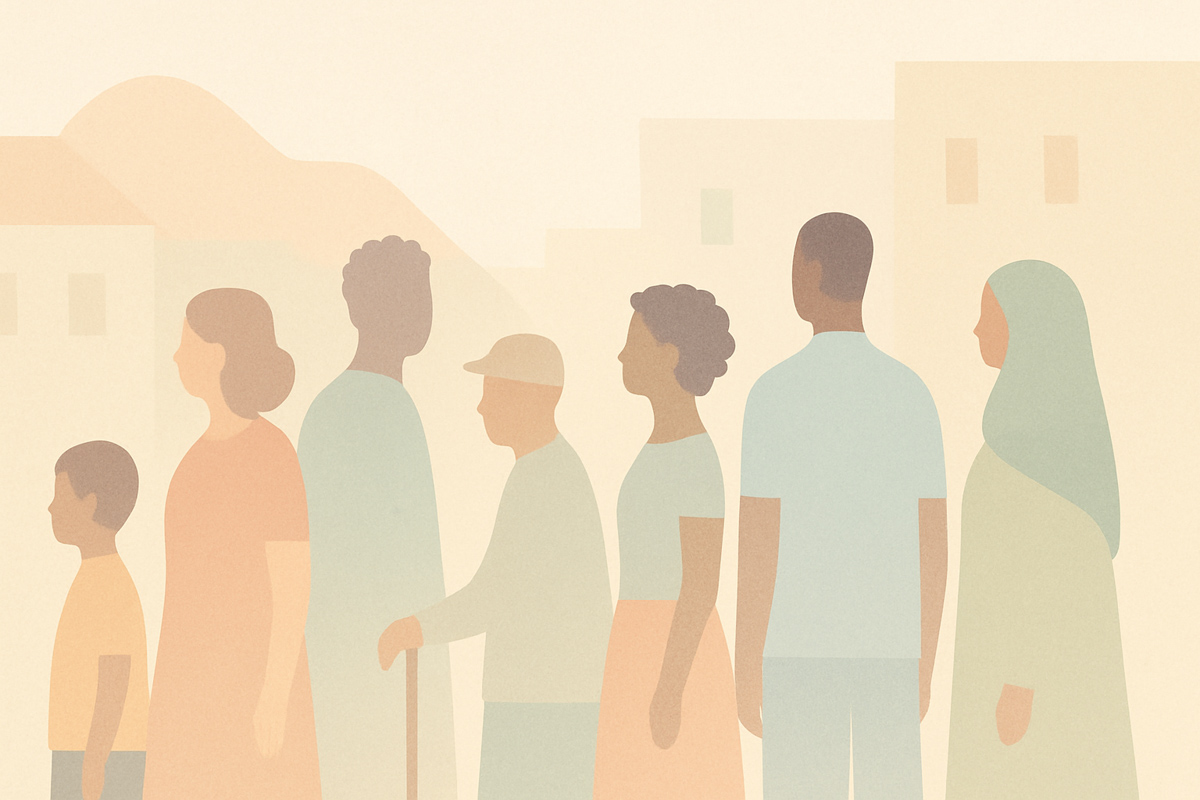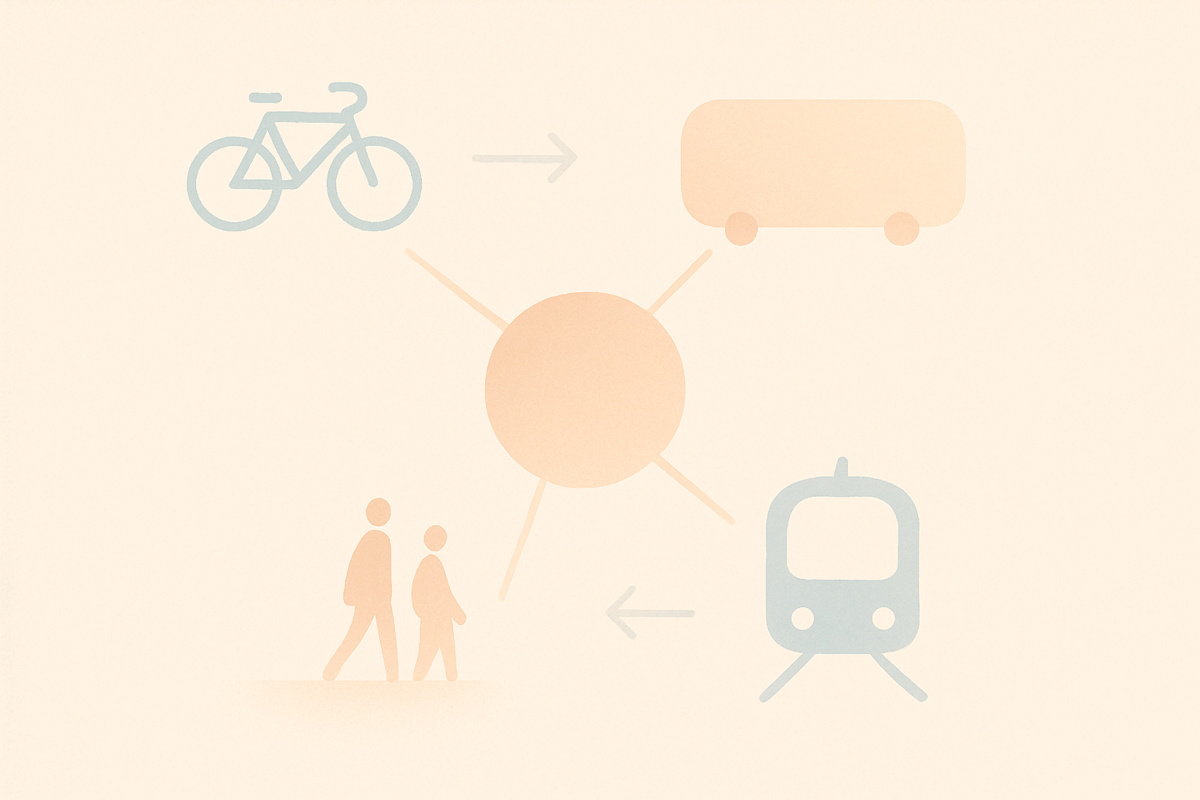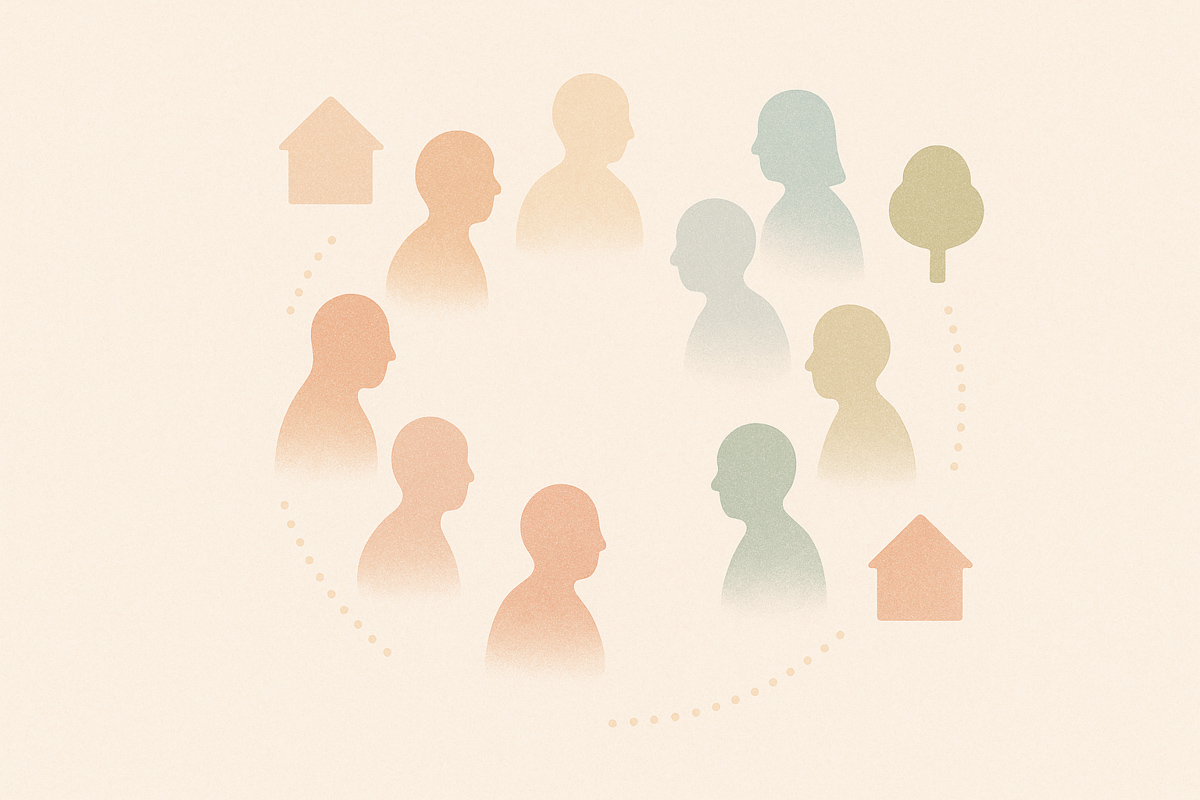Unlocking Transit Synergies: Mixed-Use & Accessibility
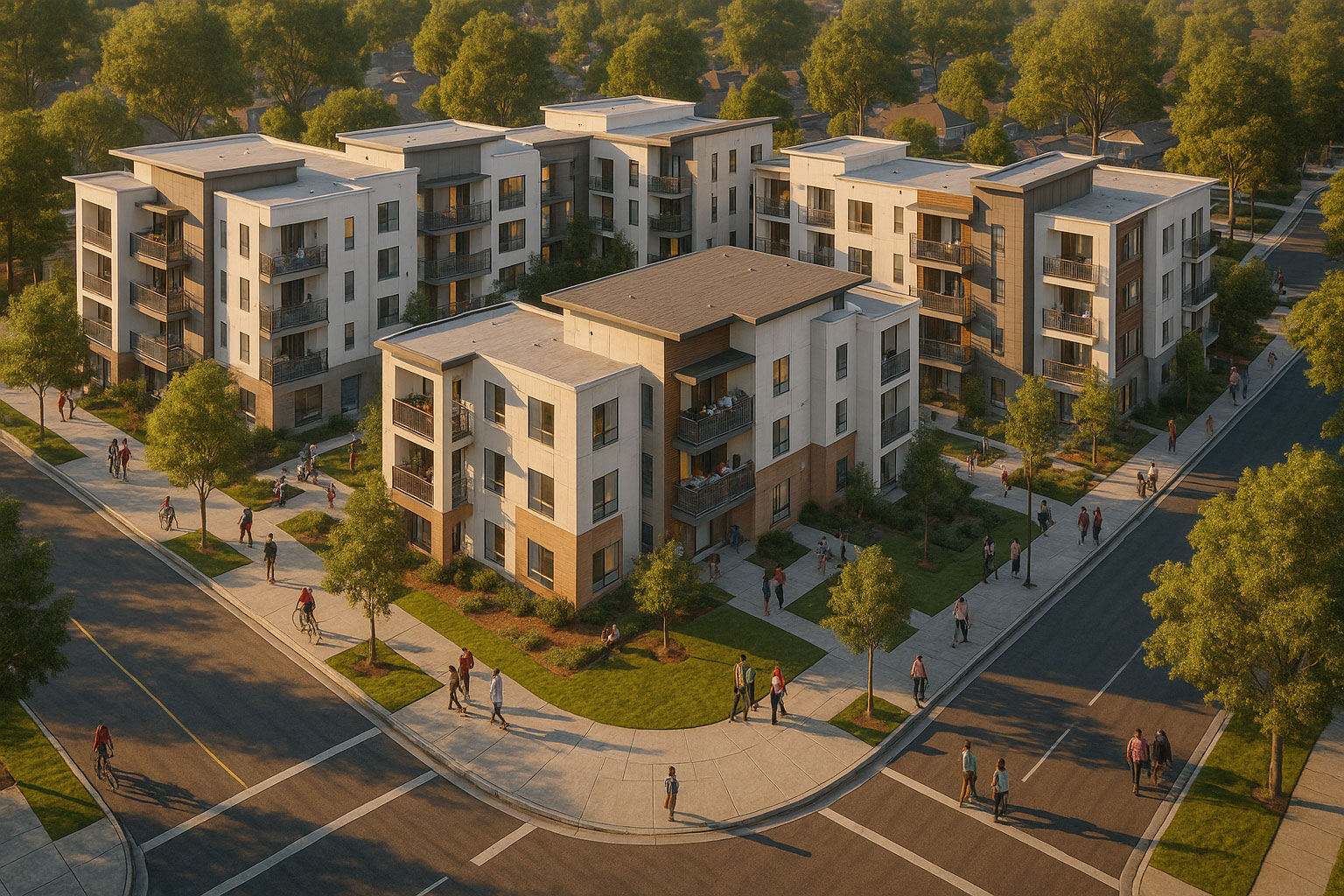
I have long believed that location isn’t just about where a property sits — it’s about how people feel and connect to it. That’s why accessible and connected communities are one of the most future-proof strategies in real estate.
A TOD integrates residential, commercial, and public spaces within walking distance of quality public transportation. Done well, it reduces car dependency, cuts commute times, and fuels vibrant, walkable communities. From an investment perspective, TODs consistently demonstrate higher occupancy rates and stronger long-term value growth.
Research from the American Public Transportation Association shows that properties near high-quality transit outperform the regional market average by 41% in value retention during economic downturns. This isn’t surprising — access to reliable transit is no longer a luxury; it’s an essential driver of demand.
At SkyRaad Partners, we see TODs as a triple win:
-
For residents: Lower transportation costs, better access to jobs, schools, and healthcare.
-
For cities: Reduced congestion, lower emissions, and more efficient land use.
-
For investors: Stable demand and enhanced property values.
One key to TOD success is mixed-use integration. Pairing housing with ground-floor retail, co-working spaces, and public amenities creates an ecosystem where people can live, work, and shop without getting in a car. In our projects, we prioritize walkable design — safe pedestrian routes, bike storage, and shared green spaces — to encourage healthier, more connected lifestyles.
Yes, TODs can be complex. They often require collaboration with municipal planning departments, transit agencies, and community groups. But in my experience, these partnerships lead to projects that are not only profitable but transformational for the neighborhoods they serve.
The cities of tomorrow will be built around accessibility and sustainability, whether it is Neom in the Arabian desert of Saudi Arabia or California Forever in Solano County. Transit-oriented development is more than a design choice — it’s a commitment to creating inclusive, connected, and economically vibrant communities. And that’s a vision I’m proud to pursue.









